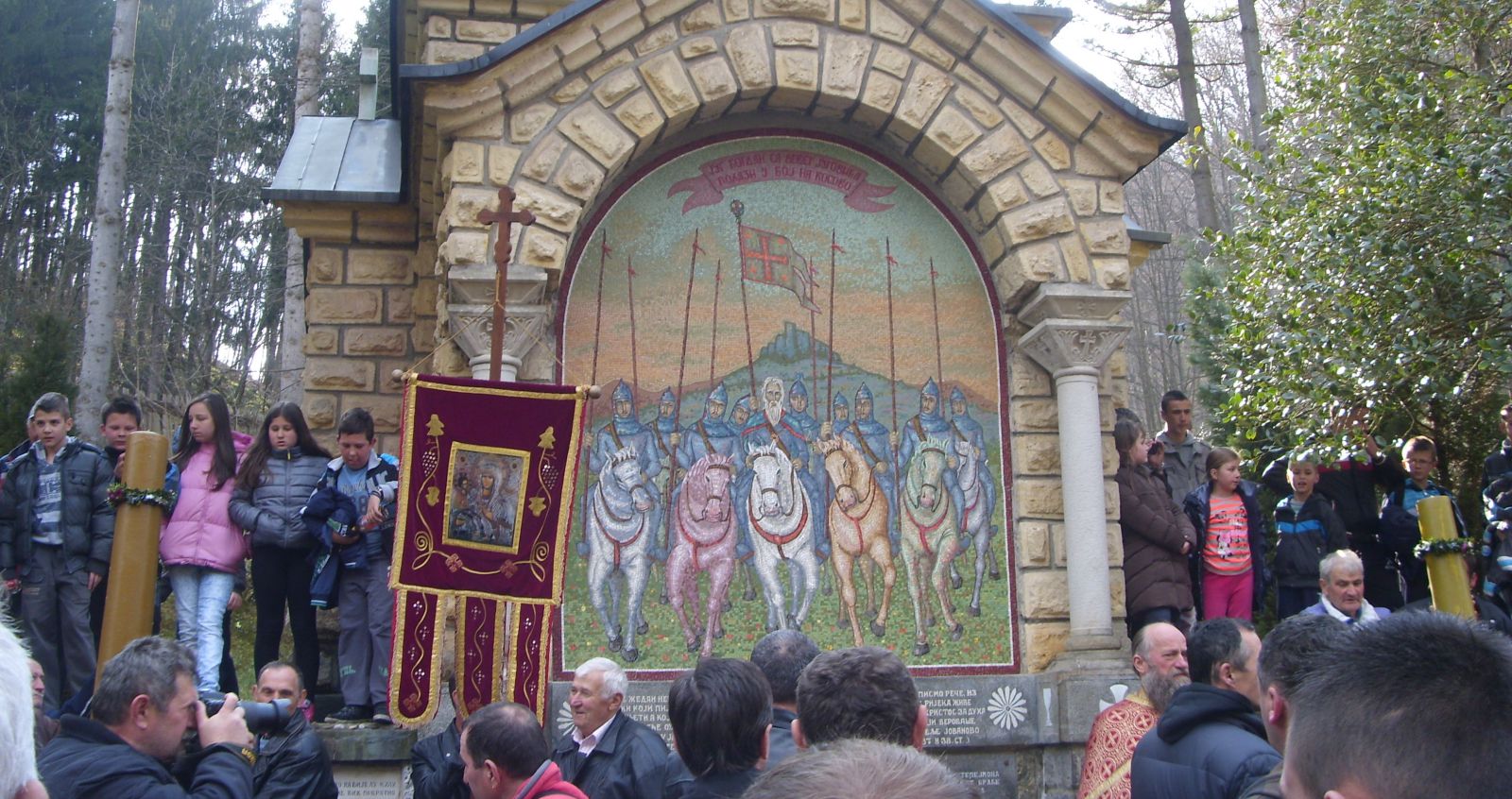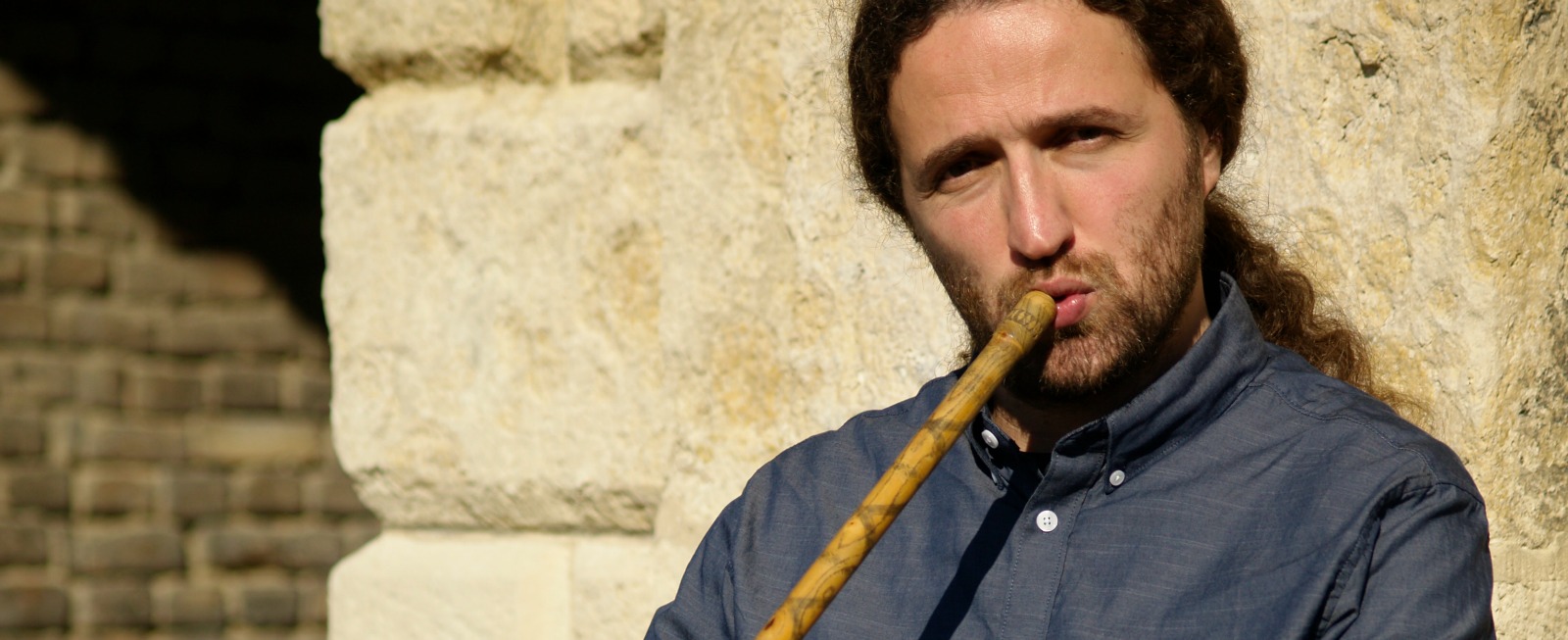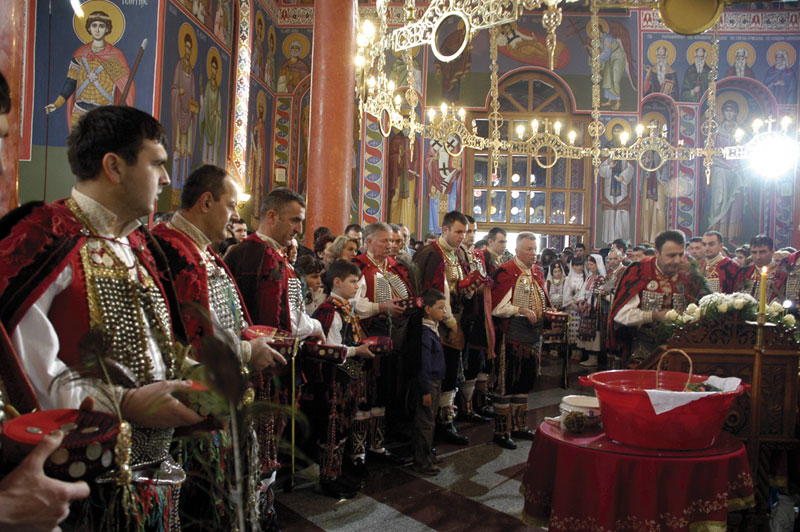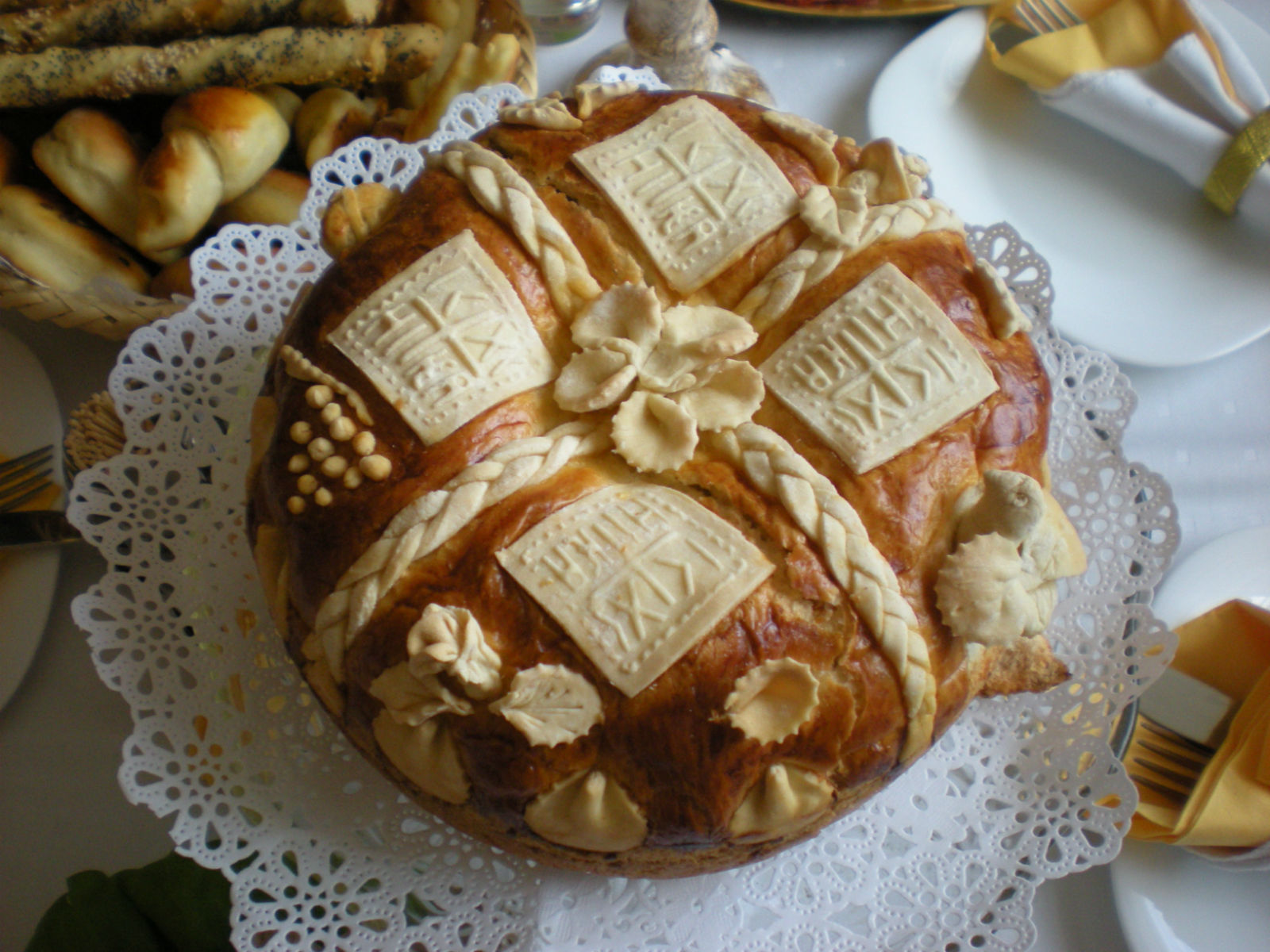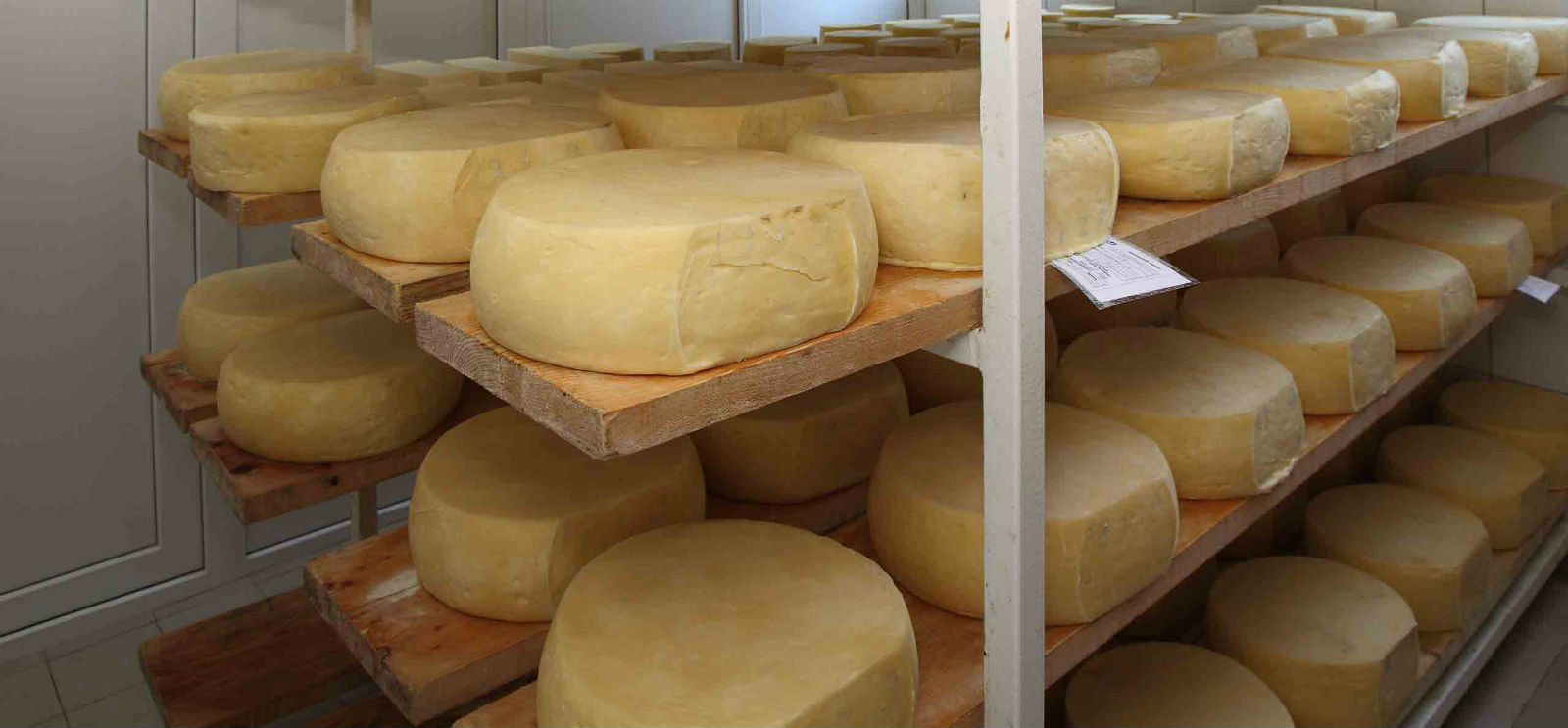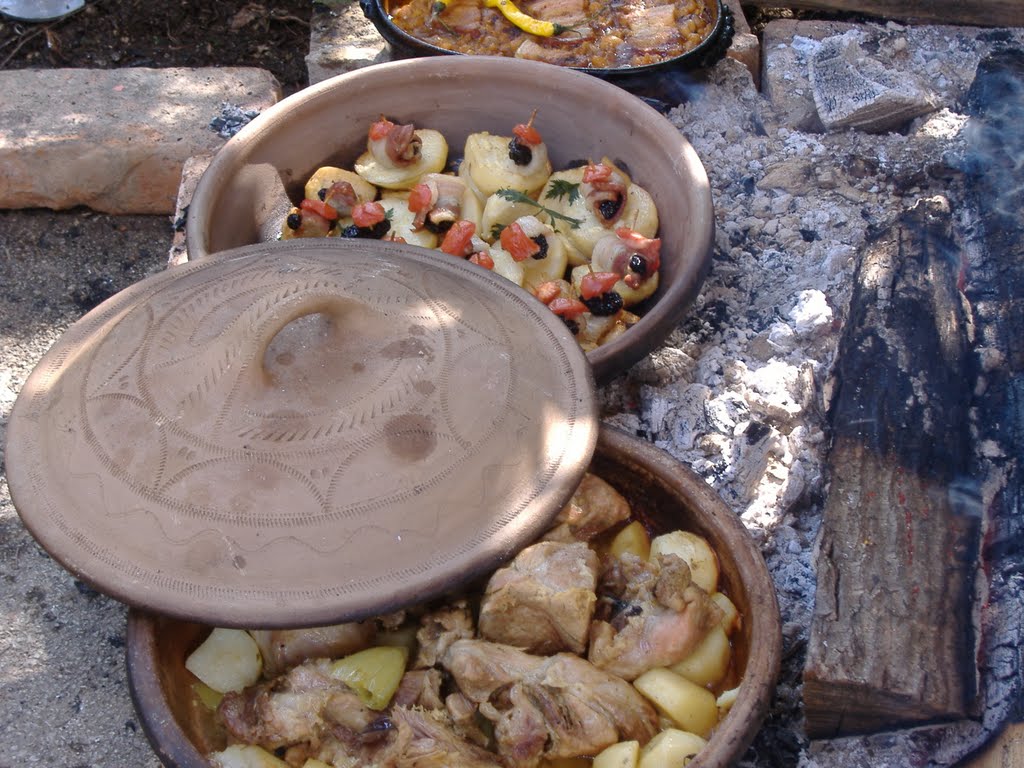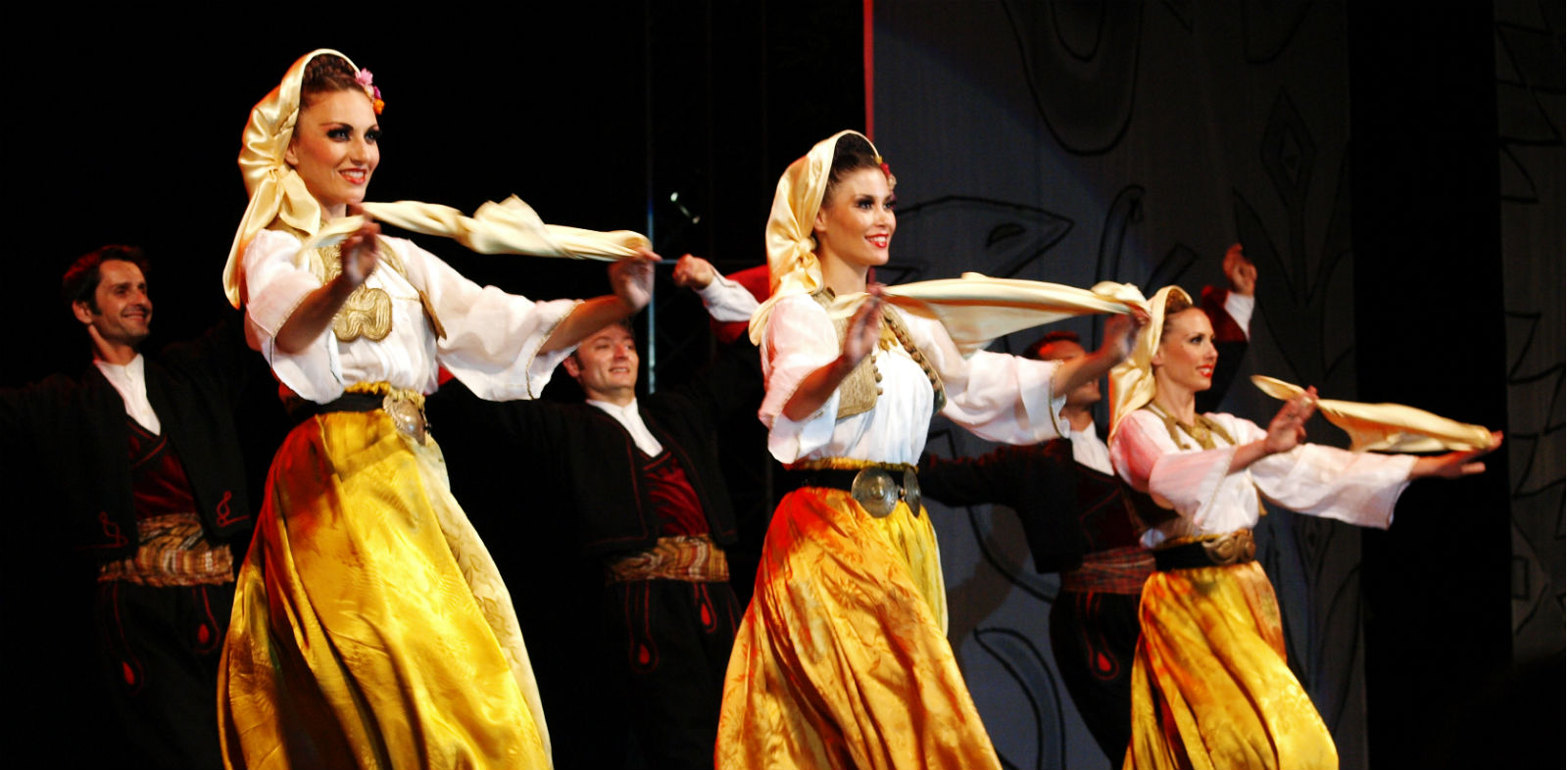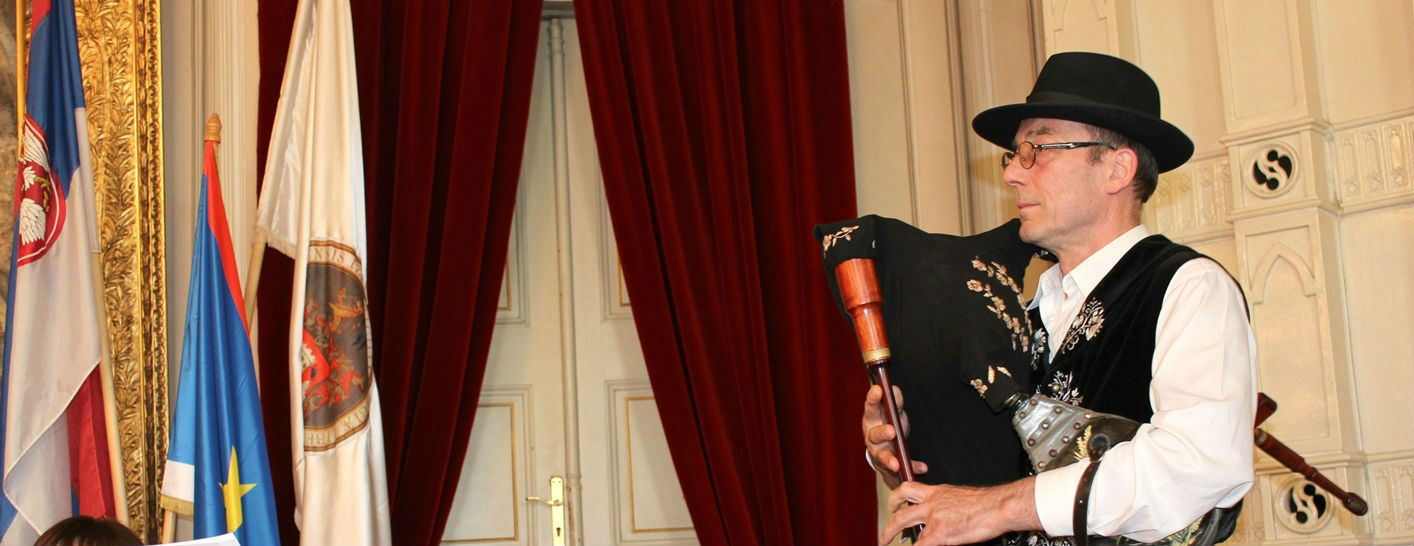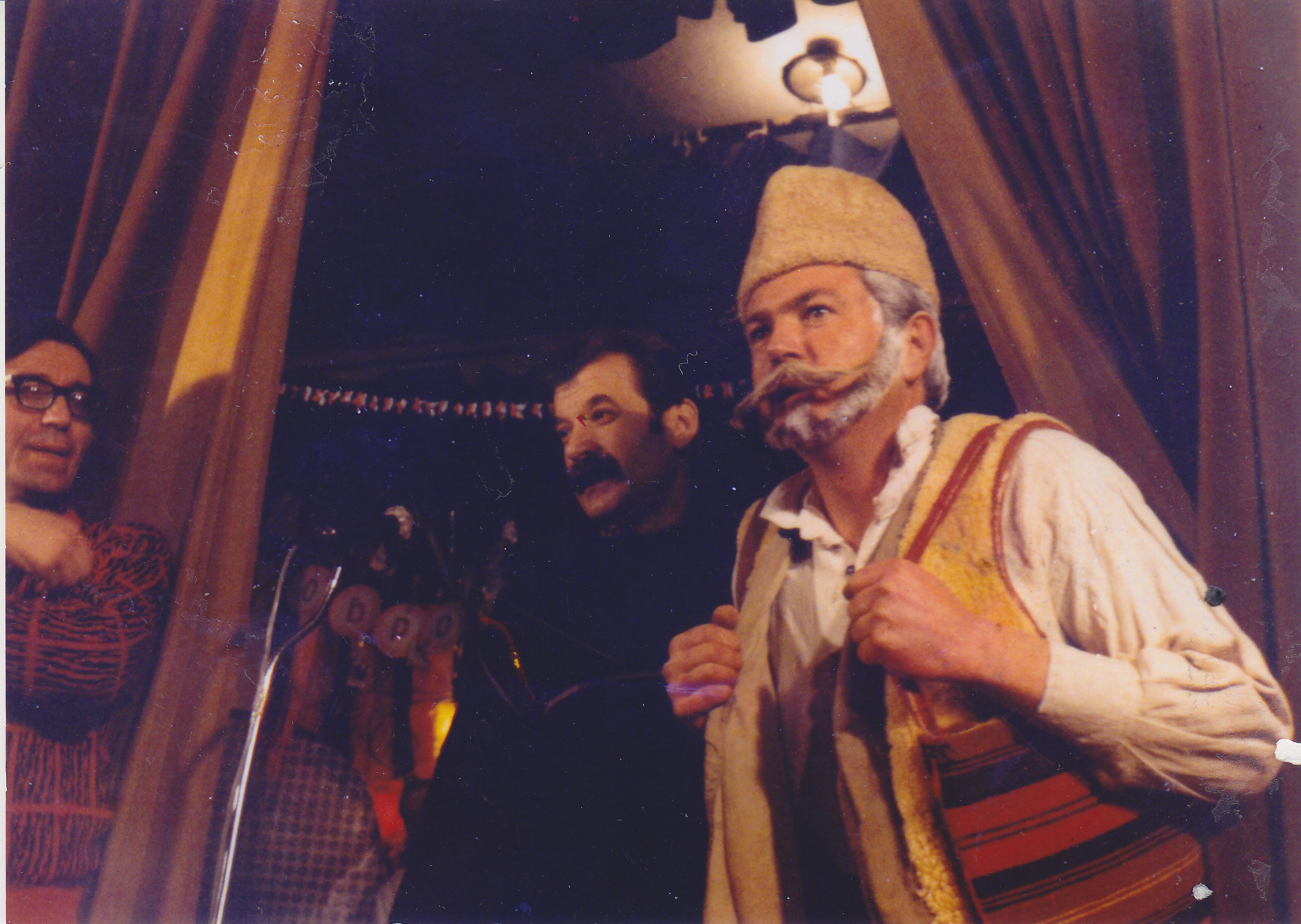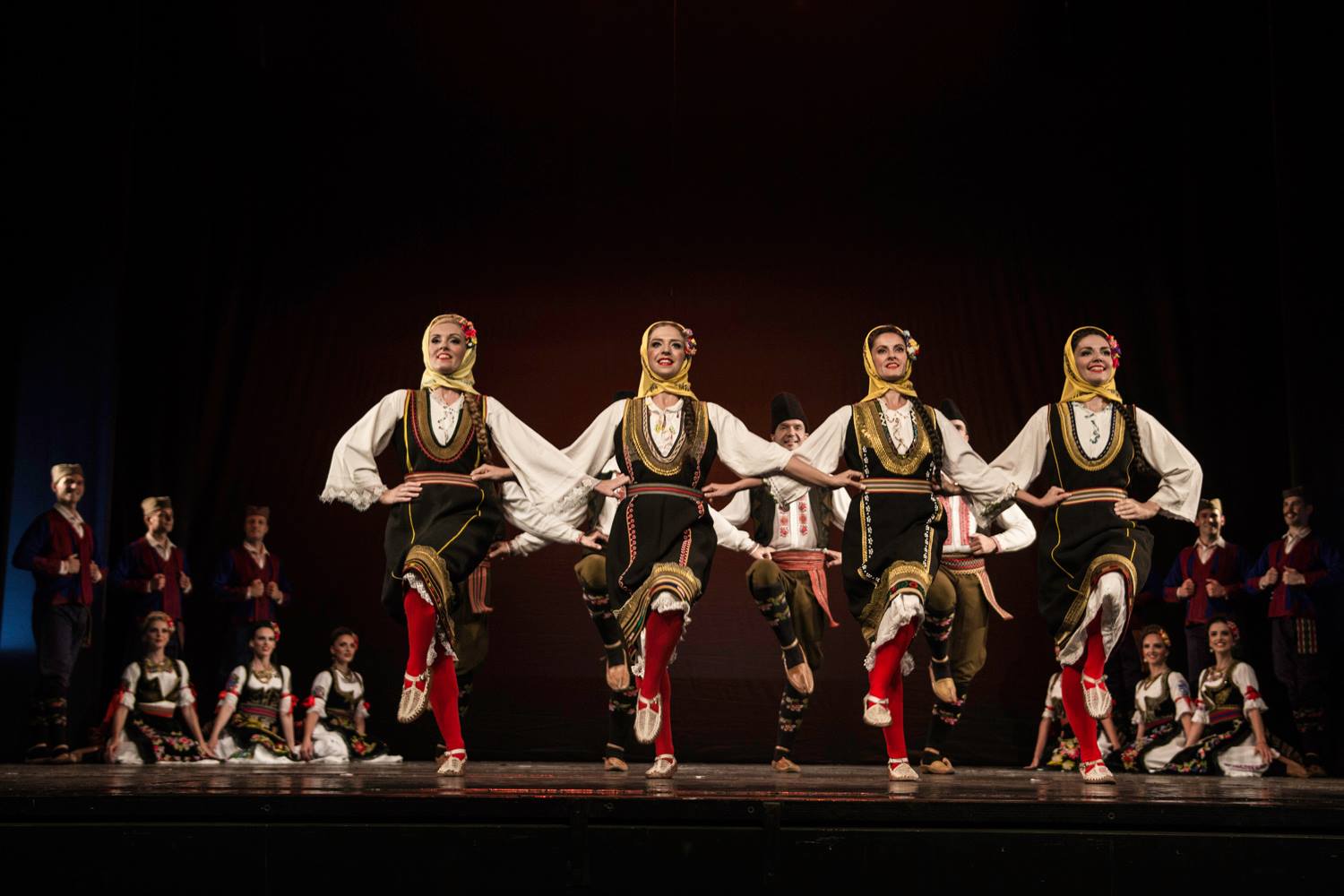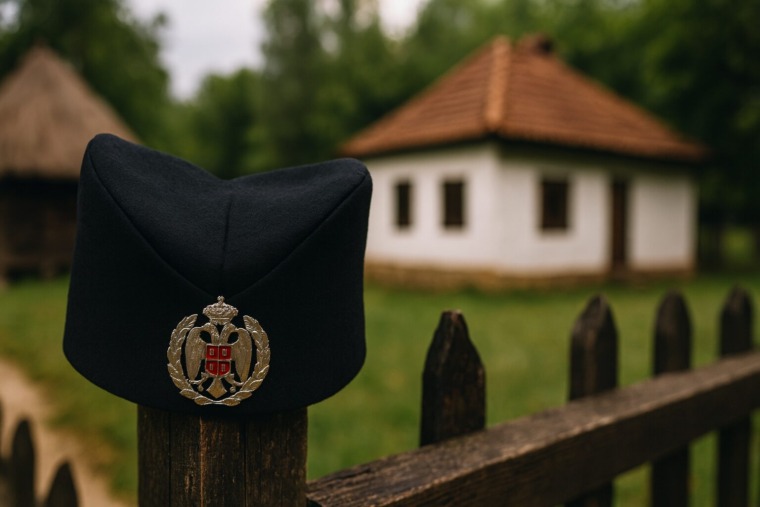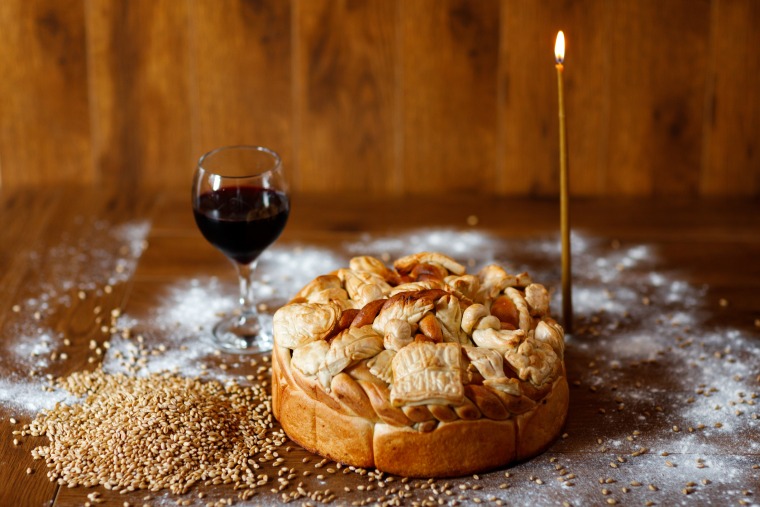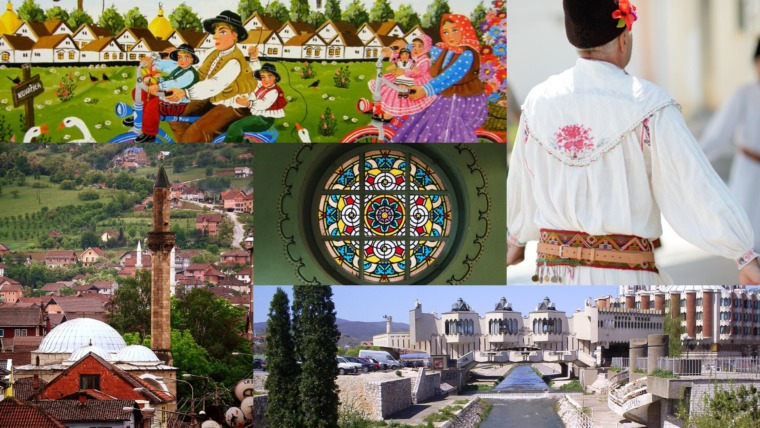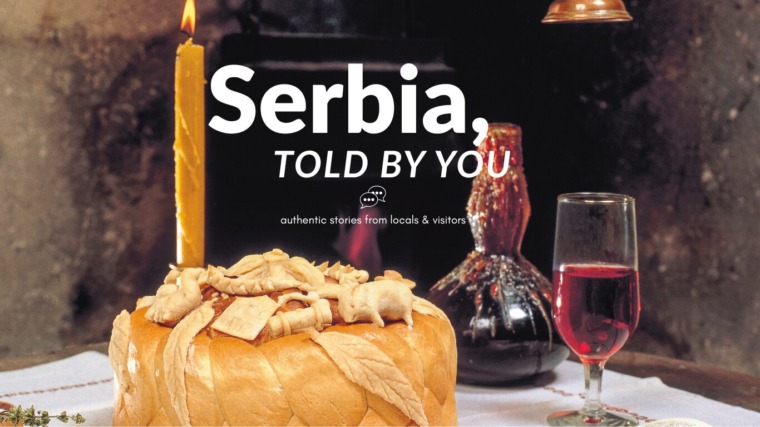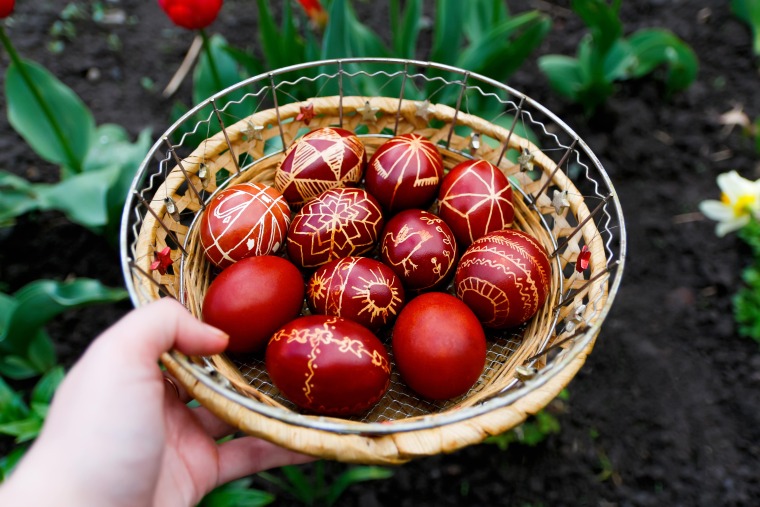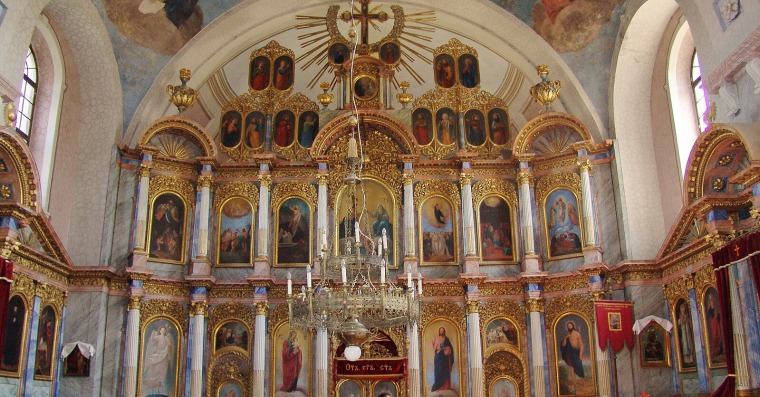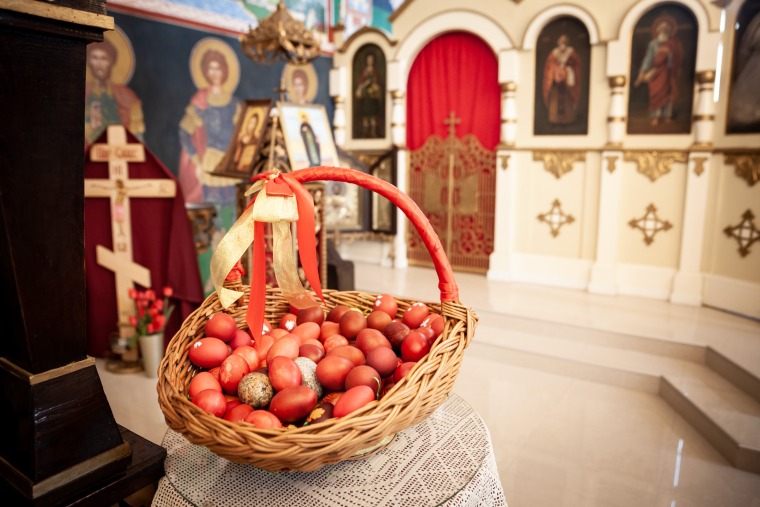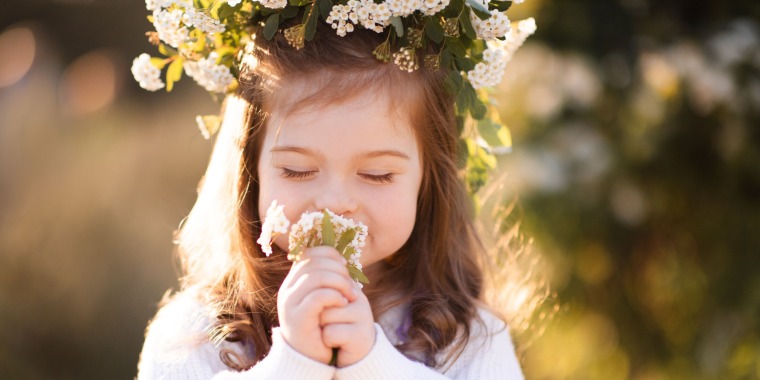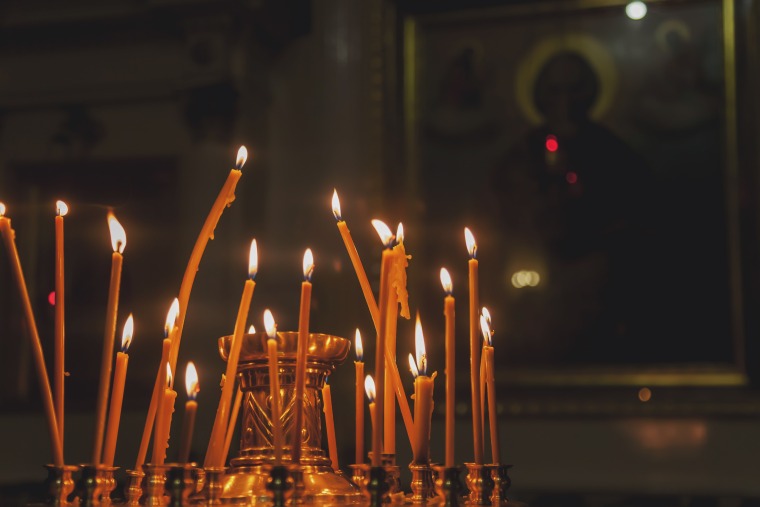In front of the holy shrine, which was built in the Middle Ages, one of the most cherished folk traditions, the lighting of farmer’s candles, has been preserved for years.
On every Holy Thursday monastery Tronoša becomes a place where locals from nearby villages gather to maintain this many centuries old tradition with a series of rituals.
Medieval monastery Tronoša is located between Loznica, Banja Koviljaca and Trsic, and its origins date back to the reign of King Dragutin and his wife, Queen Catherine. Although repeatedly destroyed, this holy shrine still preserves history, traditions, and many national customs.
One of them is the old festival of farmers and Orthodox Christians from the surrounding villages, the custom that was practiced without exception even in the most perilous times.

In the week preceding Easter, from Tuesday to Holy Thursday, the locals of villages Zajac, Paskovica and one part of village Trsic perform casting of one half of the farmer’s candles, while the casting of the second half of these candles is performed by the villagers of Korenita and the other part of Tršić.
Namely, by mixing the wax from the old candles with the new wax, two farmer’s candles are cast, which are about two meters high and weigh more than fifty kilos. Candles “meet” each other on Holy Thursday at the Nine Jugović Brothers česma (old drinking fountain made of stone) near the monastery Tronoša.
The people of the Drina valley built the Nine Jugović Brothers fountain in honor of the Jug-Bogdan (a 14th-century Serbian medieval warrior and heroic character) and his nine sons. According to the popular belief, the Jugović family spent the night here and drank the water from this spring before going to the Battle of Kosovo.
Villagers decorate and wreath the candles with flowers, ivy and the icons of Lord Jesus Christ and Virgin Mary. After the prayer, while the monastery bells toil, joint festive processions parade in circle around the monastery and enter the monastery afterwards. The candles of pure bees wax that the hardworking hands of Serbian farmers have casted and brought along through the hills and woods are set alight in the church dedicated to the Presentation of the Blessed Virgin Mary.
Throughout the following year, these massive candles will be burning during all major Christian holidays and on Sundays during the liturgy. What remains of those farmer’s candles will be recast again into the new candles, and in this way the Serbian people of this region have been maintaining the continuity of this old custom for more than one hundred and fifty years.
It is believed that the custom of casting and lighting the farmer’s candles has been transferred from the monastery Hilandar to Serbia by Orthodox priests or by Serbs from Bosnia and Herzegovina who migrated to this part of western Serbia in the centuries of Turkish occupation of the Balkans. Whatever the truth is, residents of surrounding villages believe that the custom is specific to their region exclusively.
The reason for maintaining this custom for so many years lies in the belief that the casting and lighting of the farmer’s candles in this manner protects villages from bad weather and provides better conditions for the land and crops during the growing cycle. The placing of candles symbolically represents the offering of bloodless sacrificeand is the way of expressing villagers’ thankfulness to God for his blessings and favor.

The National Committee for Intangible Cultural Heritage has also recognized the importance and significance of this old custom.
The casting and lighting of farmer’s candles found its place on the List of Intangible Cultural Heritage of the Republic of Serbia due to the resolution of the Committee from 18 June 2012. and based on the suggestion of the Serbian Orthodox Church.
Few people know about this old national tradition
Although the custom of casting and setting of farmer’s candles have been practiced in Tronoša Monastery for more than a century, few people are familiar with this important folk tradition. In fact, except for the residents of the nearby villages and residents of Loznica district, very little is known about this important element of the intangible cultural heritage of Serbia. Things have to be done in order to assure a better understanding of the custom among the people from Serbia, as well as Serbian Diaspora.
For this reason, the presentation and promotion of old customs, as well as the raise of public awareness of its value, are of crucial importance. The goal is that not only the citizens of Serbia, but also the residents who have left the home country for some reason, familiarize them selves with the great wealth and importance of the intangible cultural heritage of their country, and thus to continue to transfer the tradition “from one generation to another.”

